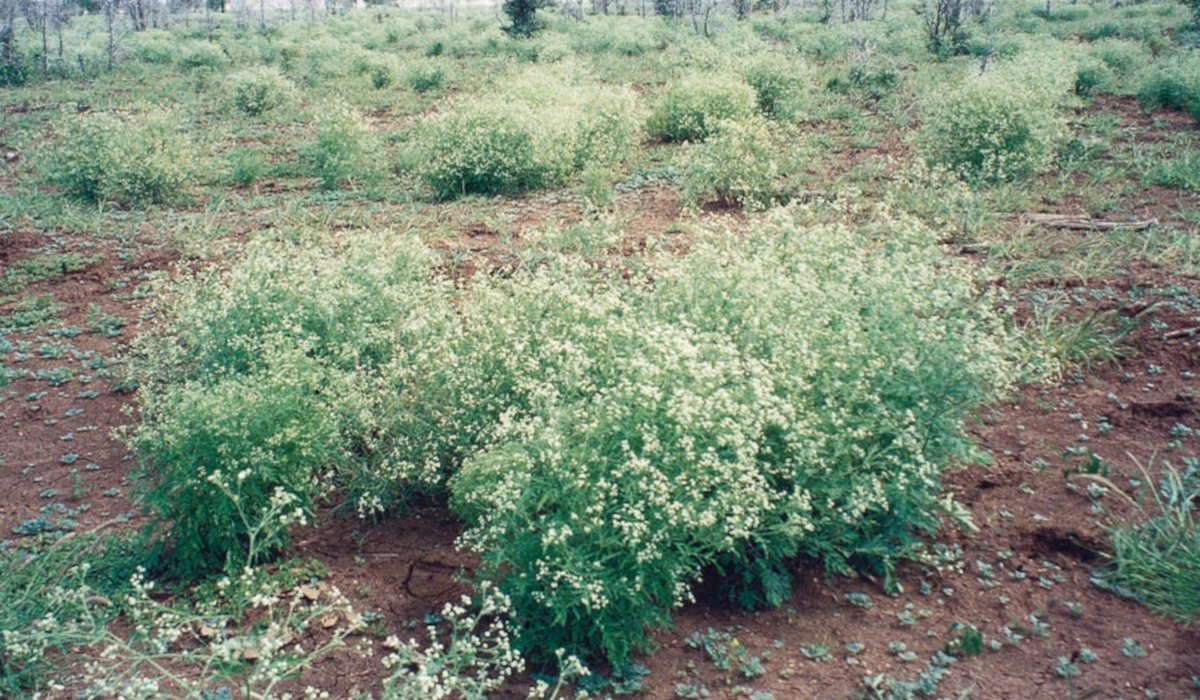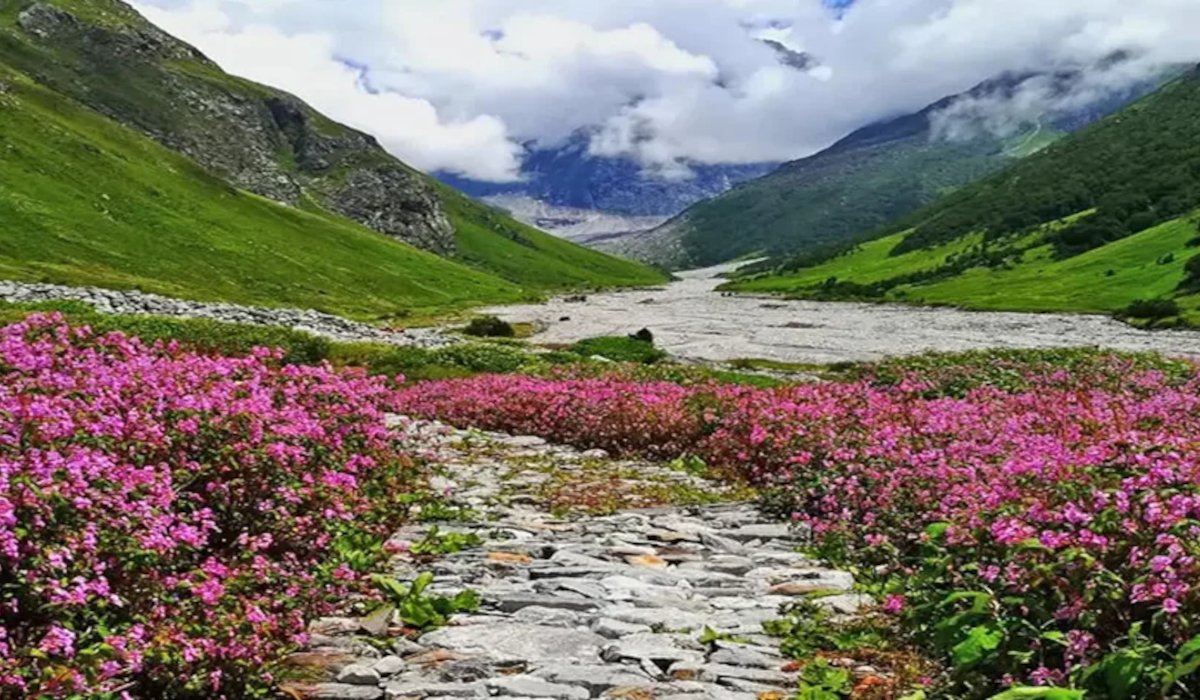In the quiet, scenic villages of Uttarakhand and Himachal Pradesh, a new kind of settler has emerged over the past decade. These are urban professionals — often highly educated and well-travelled, who have either returned to their homeland or those who have purchased or constructed second homes to escape the chaos of city life. For these locals who had lived all their lives outside their villages in the mountains, they bring with them several ideas to transform their homes at par with the city they had been living for so long. On the other hand, the intentions of the second home owners who are not indigenous to the mountains, on the surface, are admirable: to live in harmony with nature, to grow their own food, and to indulge in the tranquillity of mountain living.
Yet, unwittingly and unknowingly, both are today contributing to a subtle but profoundly destructive shift in the Himalayan ecological balance, through the seemingly benign act of planting non-native species.
This trend, fuelled by aesthetic aspirations and the easily accessible (yet often contextually irrelevant) advice found online, threatens to displace centuries of traditional ecological wisdom and endangers the survival of native flora and fauna — insects, birds, and animals alike.
As someone born and raised in Assam, I have seen firsthand the devastating consequences of unchecked invasive species. The most prominent example is the rampant spread of water hyacinth. Introduced as an ornamental plant by the British, this aquatic weed has now overtaken vast stretches of Assam’s rivers and wetlands. It has disrupted traditional livelihoods, suffocated fish populations, and transformed clear water bodies into stagnant breeding grounds for disease-carrying mosquitoes. What began as a decorative addition has turned into an ecological menace. This I believe is a stark warning of what happens when species are introduced without foresight.
Inspired by foreign landscapes, both second home owners and locals who have recently returned frequently try to recreate European gardens in their Himalayan plots. Today, it is common to find several temperate species such as, Japanese maple, ornamental bamboo amongst others being introduced in backyard gardens. These decisions are often based on superficial comparisons: a similar altitude or average temperature between, say, Hartola and a town in southern France. But this line of reasoning is dangerously simplistic.
Even when climate data appears to align, the underlying ecological dynamics such soil structure, microbial communities, humidity levels, monsoon patterns, slope gradient, the source of water, etc. vary dramatically. A plant that thrives in the well-drained, sun-drenched soils of Provence may technically survive in Uttarakhand’s hills, but it may do so by displacing native species, monopolising resources, and destabilising the very ecosystem it is planted in. The case is point are the pine trees that we romantisise more often than not.
Another example: The Himalayan region faces a similar threat if ornamental exotics and non-native grasses continue to be introduced indiscriminately. The growing trend of establishing manicured lawns using foreign grass varieties is particularly worrisome. These grasses which easily available to buy in ecommerce websites like Amazon and Flipkart are often resource-intensive and invasive. When mown and discarded, their clippings can spread to adjacent areas, taking root where they are least wanted.
Such grasses are known to outcompete native vegetation, consuming greater quantities of water, nutrients, and sunlight. And that’s not all! They can also alter soil chemistry and habitat structure, reducing the viability of ecosystems that support insects, reptiles, and ground-nesting birds. Not to mention their devastating characteristics to disrupt local agriculture, as these aggressive species spread into fields, lowering crop yields and increasing labour requirements for weed control.

Another poignant example is the catastrophic spread of Parthenium hysterophorus, or congress grass, which was accidentally introduced into India, likely via contaminated wheat imports from the United States in the 1950s. First reported in Pune in 1955, this weed has since spread across an estimated 35 million hectares. It flourishes in diverse conditions, outcompeting native vegetation, and is infamous for its toxic and allergenic properties, causing dermatitis and respiratory distress in humans and livestock. It exemplifies how a seemingly minor introduction can snowball into an ecological and public health crisis.
As if these examples were not dire enough, a new and unsettling trend has emerged: some owners are importing wildflower seed mixes from abroad, often purchased online or brought back from overseas travel. These seed blends, marketed as pollinator-friendly or biodiverse, frequently contain untested, non-native species. When sown in Himalayan gardens or forest-adjacent clearings, they may pose significant risks. These exotic wildflowers can cross-pollinate with local flora, threatening the genetic integrity of native species. They can also outperform indigenous plants, reducing floral diversity and the resilience of native ecosystems, not to mention that they have the ability to even introduce foreign pathogens and pests, for which local species have no natural defence.
In a region like the Himalayas, where each valley and altitude supports a unique ecological microcosm, such reckless experimentation is not simply misguided, it is ecologically irresponsible, to put it subtly.
Meanwhile, the native plant species of the Himalayas, including flowering herbs and fruit-bearing shrubs, have evolved over centuries in tandem with local pollinators, birds, and mammals. Replacing them with ornamental or exotic varieties strips the land of its ecological identity and interrupts essential food and nesting cycles.
In addition, many introduced trees, like eucalyptus, pine, and some species of bamboo, etc. in the foothills have deep, aggressive root systems. These draw heavily from the subsoil, depleting precious groundwater. In villages that rely on natural springs and rain-fed tanks, even small changes in water uptake patterns can have cascading impacts on community water availability.
The issue doesn’t end there. Tall, fast-growing evergreens, when planted without consideration of local land use, can cast large shadows over nearby farmland. In regions where fruit production depends on full sunlight, such as for apples, pears, and plums, this can significantly lower yields. Homeowners must understand that even trees planted on their own plots can adversely impact neighbouring farms, especially when those farms lie downhill or adjacent.
In contrast, local farmers, often underestimated due to lack of formal education, continue to follow time-tested, sustainable agricultural traditions. They cultivate crops such as madua (finger millet), kafal, buransh (rhododendron), and traditional apple varieties, species that are not only suited to the climate but also play an active role in maintaining local biodiversity.
Unfortunately, neo-owners, with their limited experience in high-altitude farming, often rely on their exposure to terrace gardening or online tutorials. This misplaced confidence results in treating these fragile mountain slopes as experimental plots, with little regard for long-term ecological repercussions.

A key misunderstanding is that matching temperatures equal matching ecosystems. Hartola, which I now also call my second home, may have daytime temperatures similar to a European town, but its UV intensity, monsoon rhythm, soil structure, and biodiversity are entirely different. Introducing foreign species based on temperature charts alone is a recipe for long-term damage.
The Himalayan states are already under pressure from climate change, glacial retreat, deforestation, and water scarcity. Adding the strain of poorly chosen ornamental plantings only exacerbates these existing challenges.
The Himalayan landscape is not a blank slate for whimsical landscaping experiments. The stories of water hyacinth in Assam, congress grass across India, and wildflower imports from abroad are all warnings. What may appear as minor aesthetic improvements today could, over time, lead to ecological collapse, reduced agricultural productivity, and the loss of native biodiversity.
To protect these fragile mountains, we all must resist the temptation to “improve” nature and instead learn to support and preserve what already thrives here. Sometimes, the most radical act is choosing to plant nothing new and in allowing native ecosystems to continue their timeless work.


























